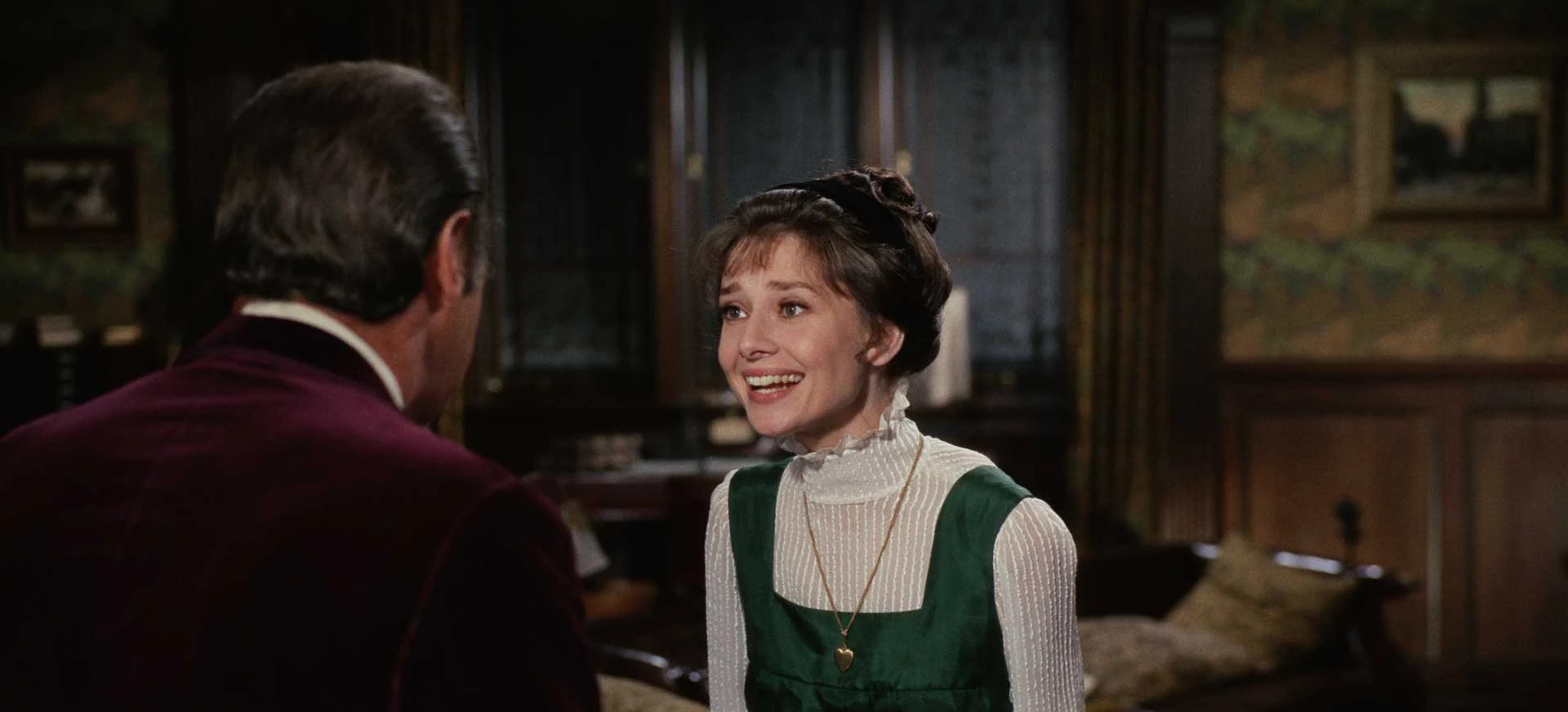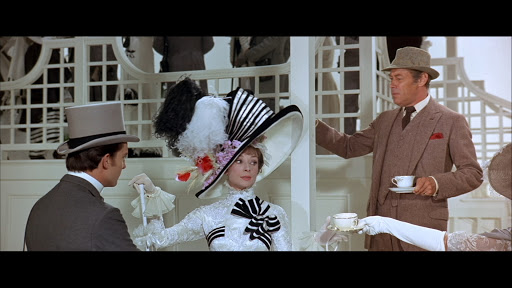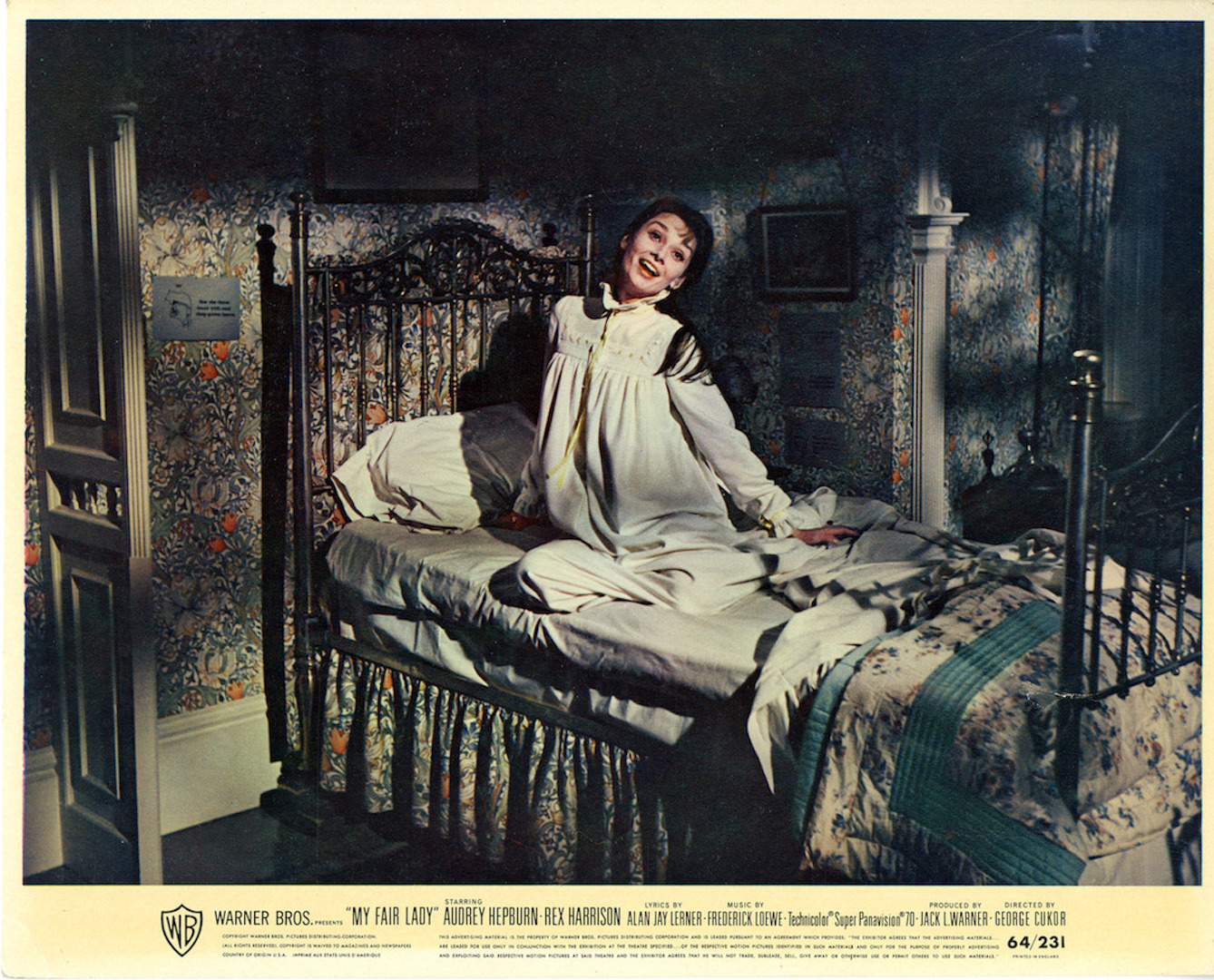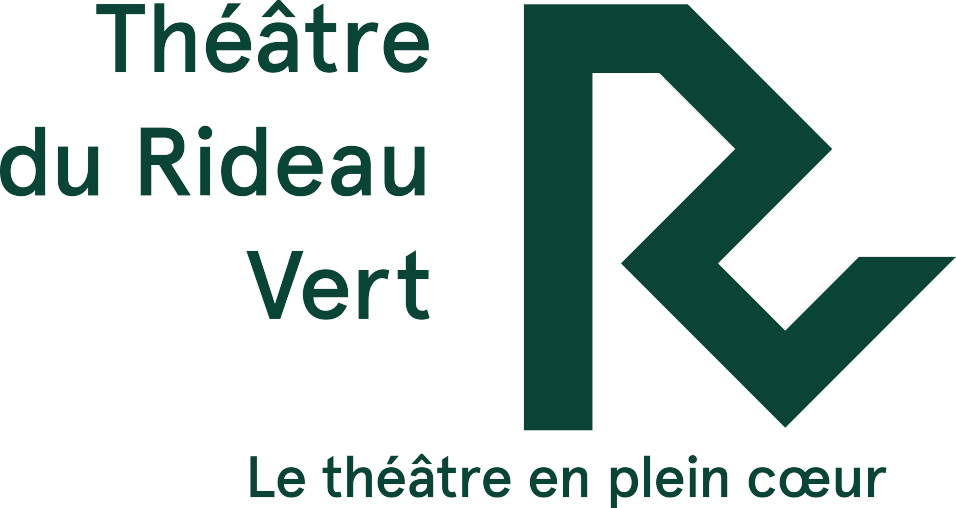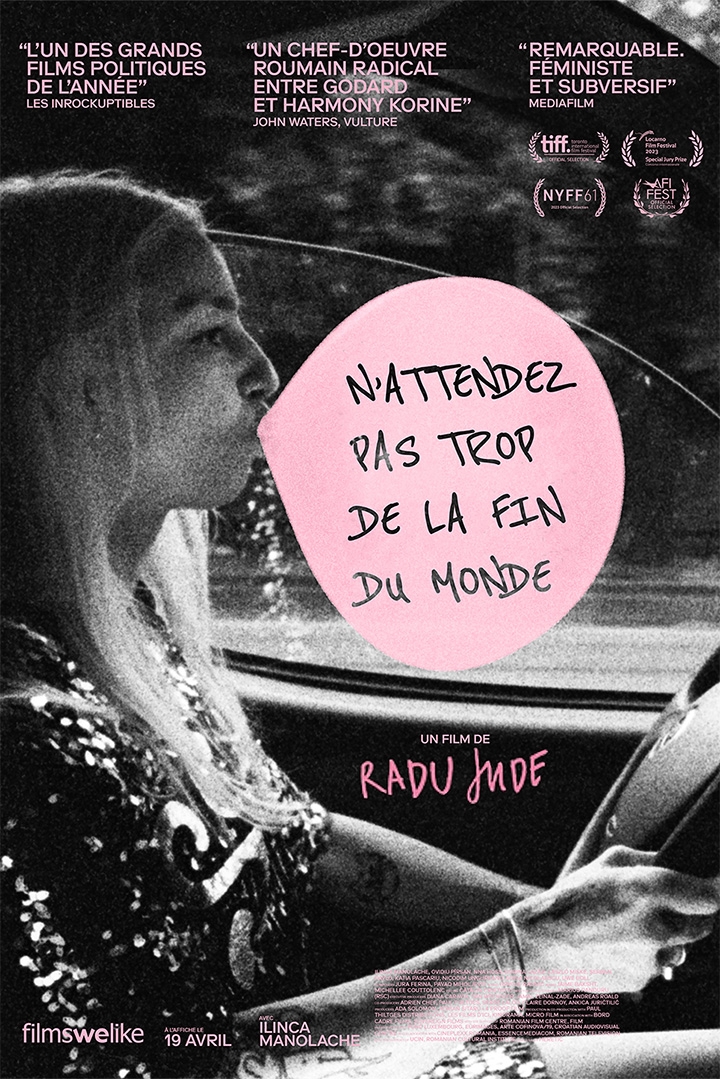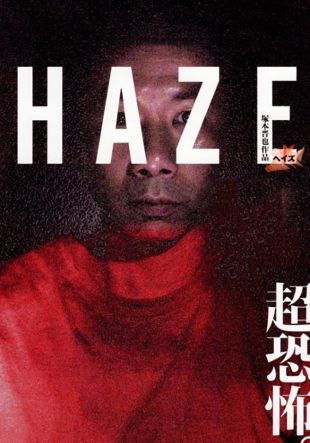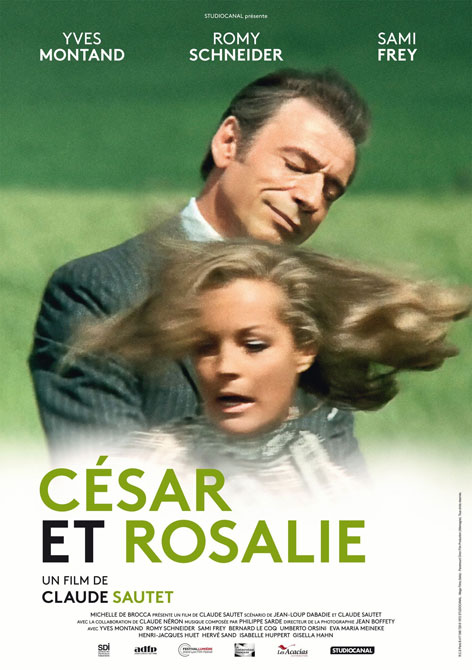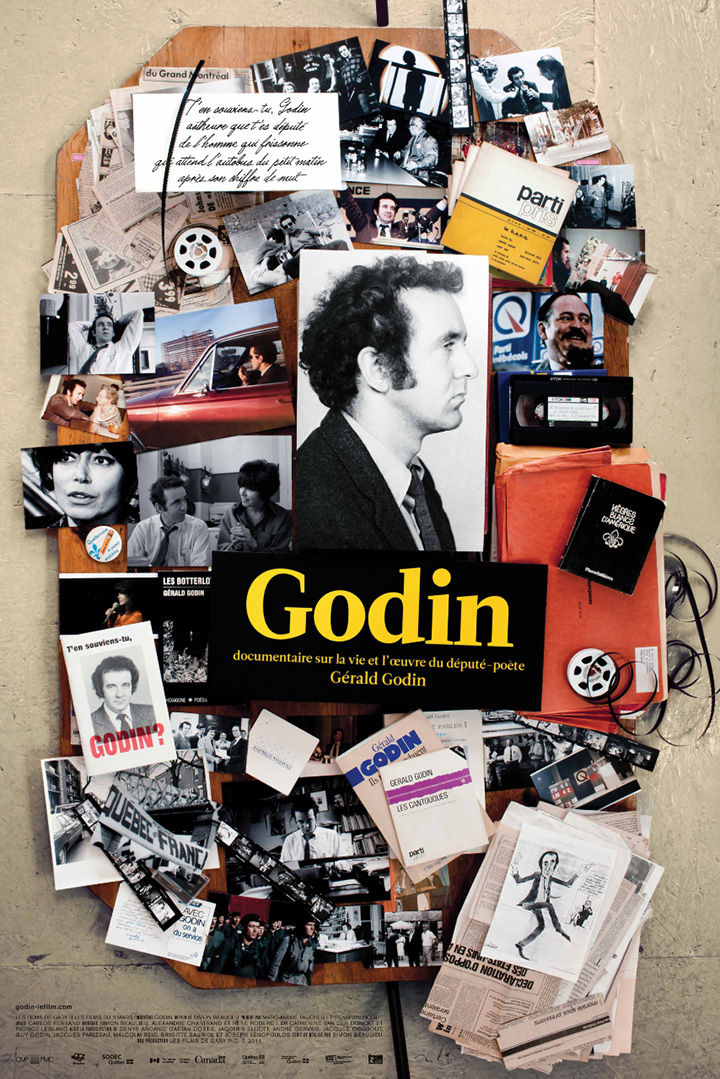My Fair Lady
We're celebrating 75 years of the Théâtre du Rideau Vert, the oldest professional French-language theater still operating in Quebec. Each film in this cycle is based on a play that played at the Rideau Vert and marked a key moment in its history. The Children's Hour is adapted from Lilian Hellman's Innocentes, the first play presented on its stages; James Goldman's The Lion in Winter was performed under the artistic direction of Yvette Brind'Amour, co-founder of the theater; Arthur Miller's Death of a Salesman and Alan Jay Lerner and Frederick Loewe's My Fair Lady were staged during the time of current Artistic Director Denise Filiatrault, who also starred in André Brassard's Il était une fois dans l'Est, co-written by playwright and author of Les Belles sœurs, Michel Tremblay.
Lovable Eliza Doolittle is taken from the gutter to gentility by the radiant talent of Audrey Hepburn. Miss Hepburn, the internationally known beauty, was the overwhelming choice from the beginning for the role of the little flower seller who is tutored into the ranks of gentility by Professor Henry Higgins, that "extraordinary man", Rex Harrison. The lavishly beautiful costumes and settings; the world's best loved music; and the brilliantly acted roles by the entire cast make this film a special treat for every audience. Winner of eight Academy Awards.
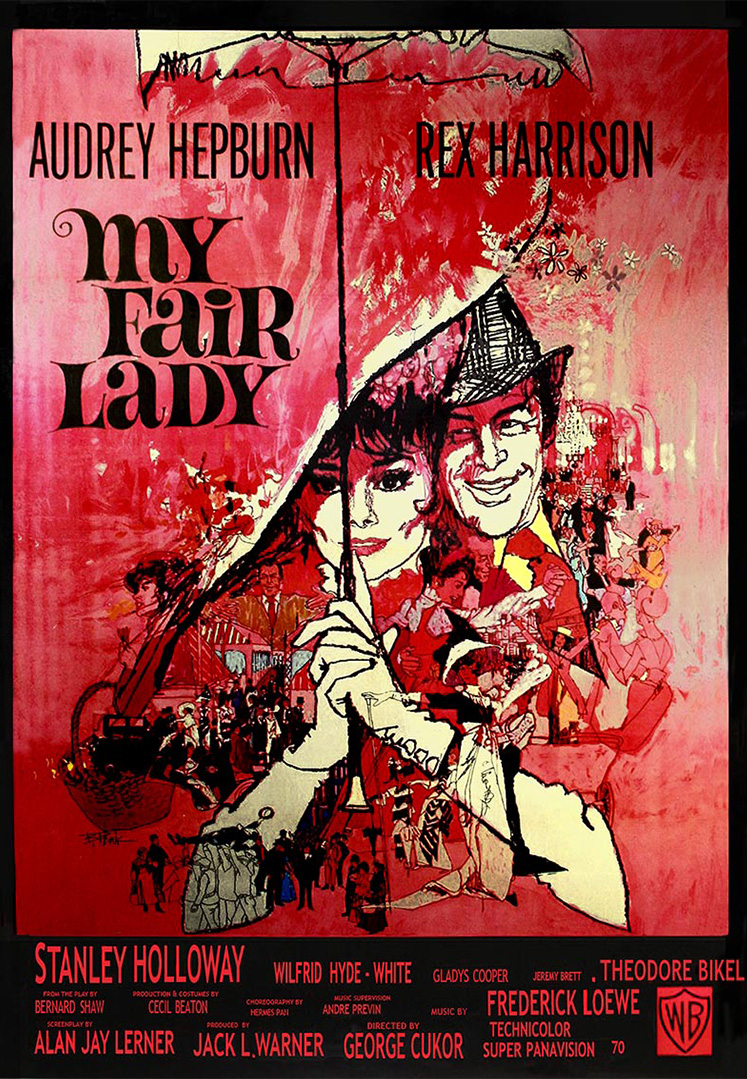
George Cukor
The son of Hungarian immigrants born in New York in 1899, George Cukor tried amateur theater as a child. After the First World War, he began a career as a Broadway show director. He then moved to Hollywood, where he made his first films in the early 1930s. The producer David O. Selznick involved him in a number of major projects for which he made a decisive contribution, even though he was not the actual director: Gone with the Wind and The Wizard of Oz. As the years went by and contracts came in, he specialized in comedy, where he turned out to be a great director of actors - and perhaps even more of actresses, notably Greta Garbo and Katharine Hepburn. Although he had to remain discreet about it for most of his career, Cukor was one of the first Hollywood filmmakers to reveal his homosexuality, to which his films sometimes make discreet allusions. Although his filmography fluctuated somewhat from the 1960s, he achieved one of his greatest successes during this decade with My Fair Lady.
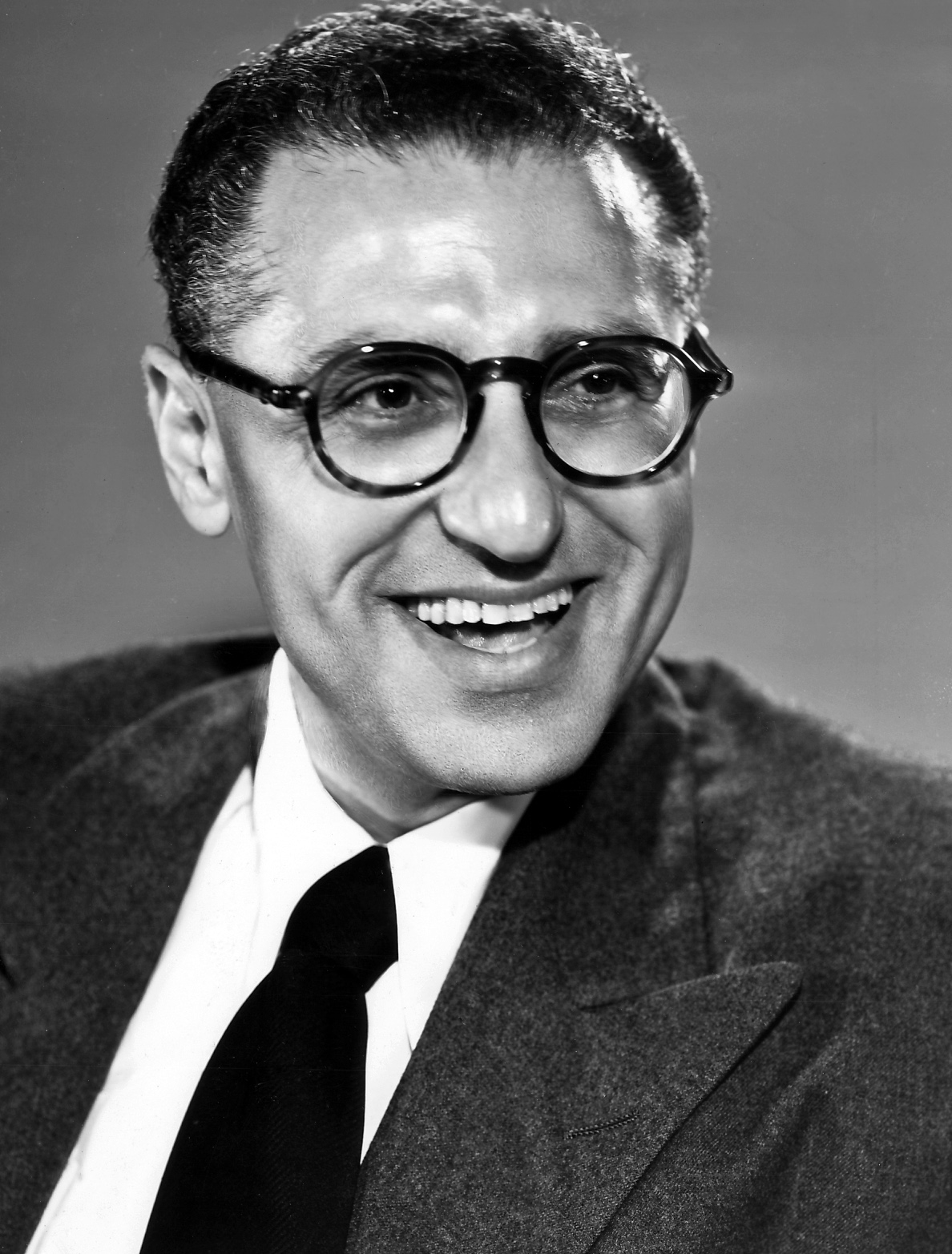
Explore
My Fair Lady (1964)
Le film est à la fois spectaculaire et dramatique mais, avant tout, une brillante comédie aux dialogues très enlevés et agrémentée d’une dizaine de chansons. George Cukor se montre un grand maître dans ce passage des planches au grand écran, le film se déroulant dans un nombre assez réduit de lieux dans lesquels il multiplie les angles de vue et les mouvements de caméra.
